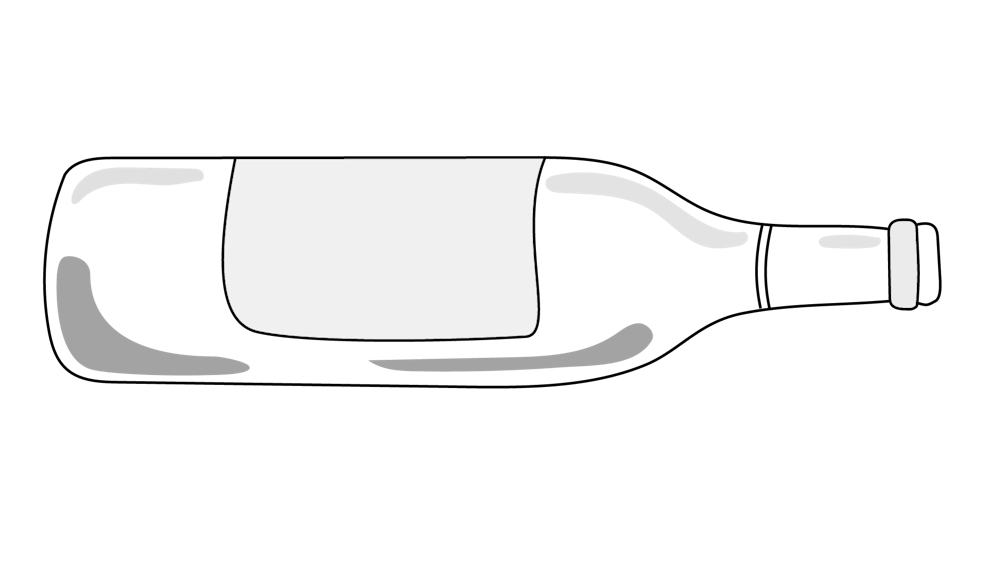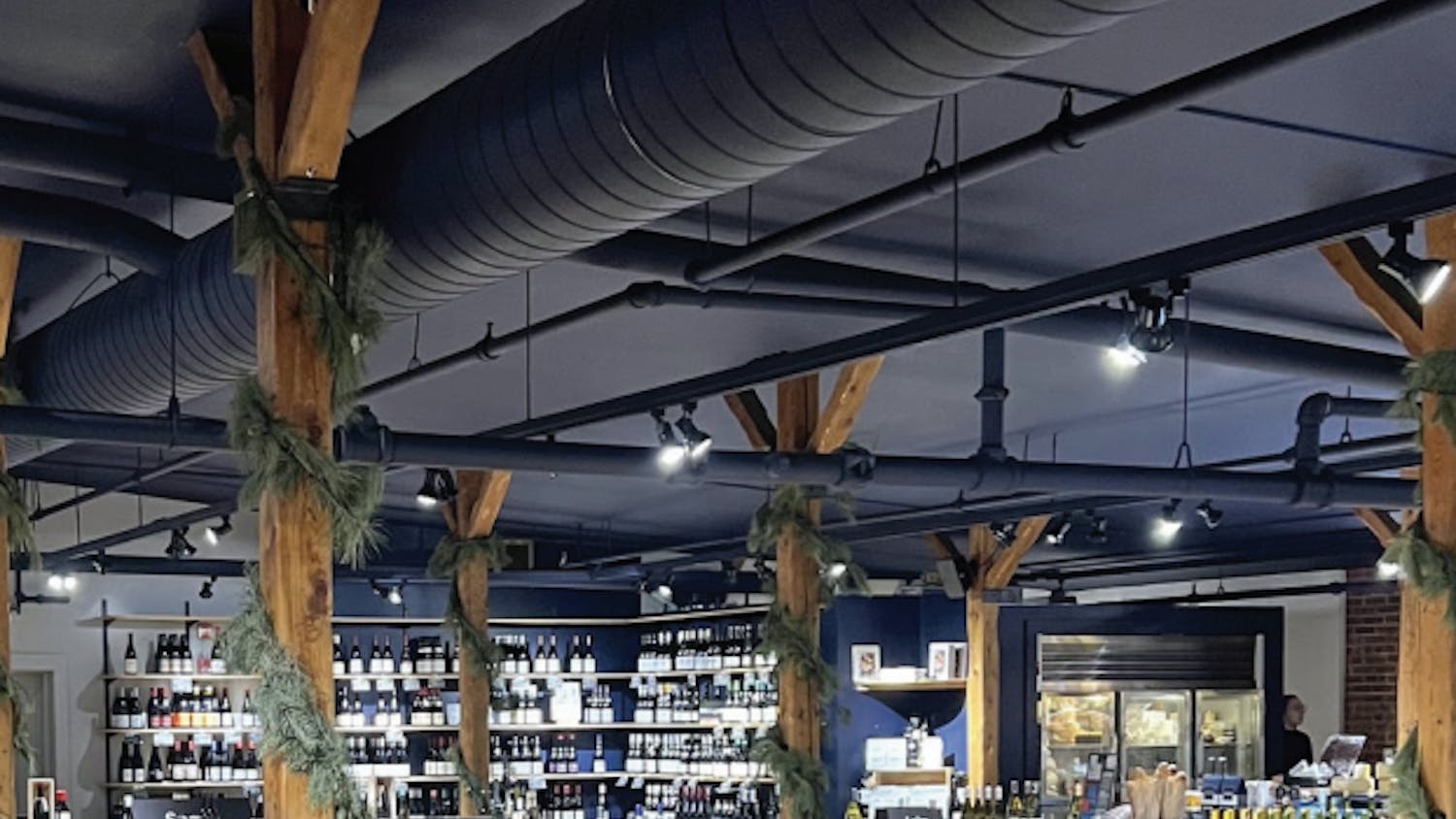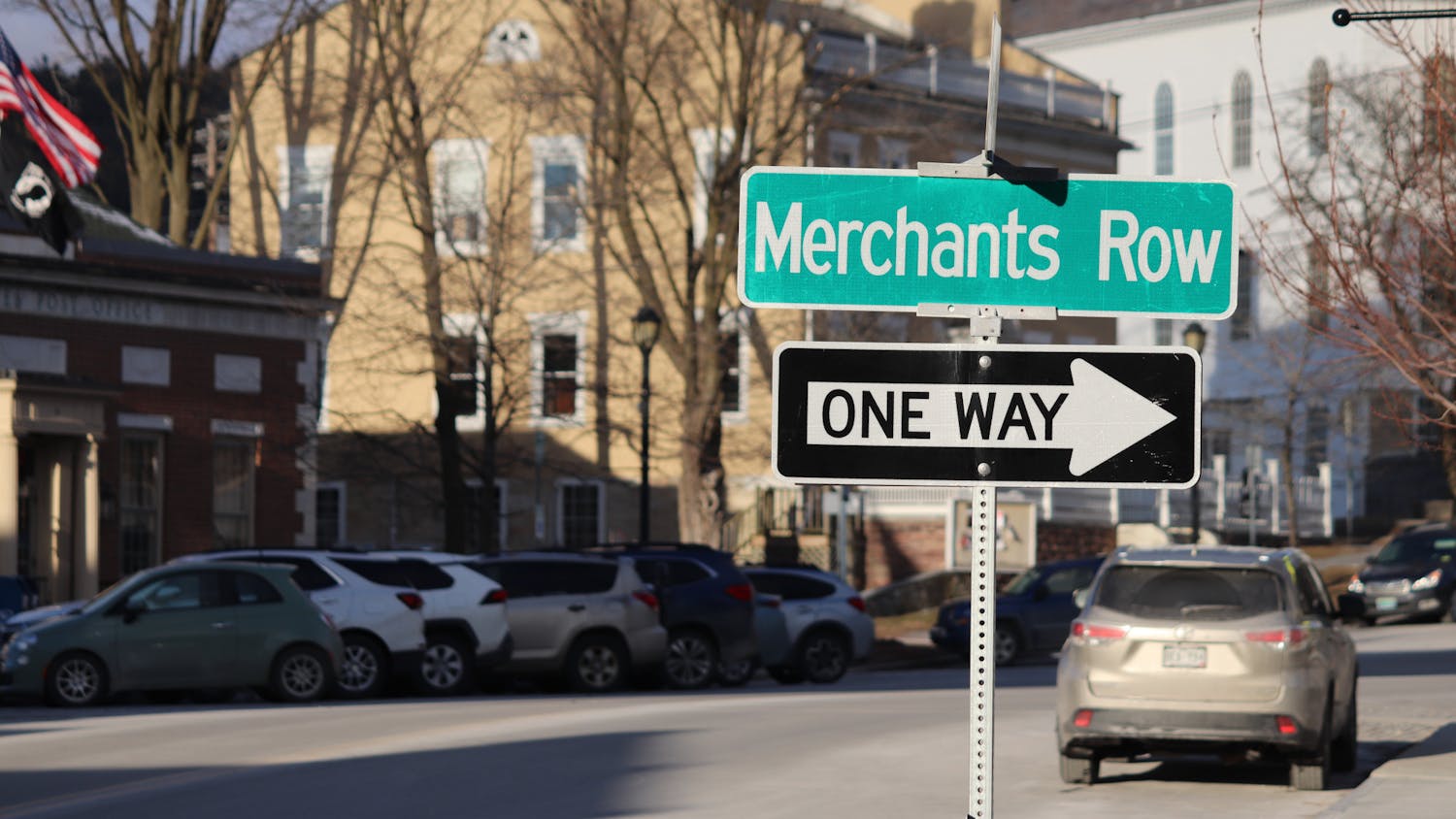“Slipin Sips” is a semi-weekly wine column written by Local Editor Sam Lipin (hence the title, “Slipin”). As an amateur sommelier, Sam exists deep in the world of wine, particularly natural wines, and this column seeks to share the joy he finds in fermented grapes with the rest of the world.
Yes, I may have discussed beer and mead in the first edition of “Sip on this” — and I will continue to in the future — but I don’t want to stray too far from what I want this column to be about: wine. The world of wine is vast and confusing, and the goal of this column is to connect budding wine enthusiasts to grapes, regions and producers that they don’t have the time or will to research. If that’s you, don’t fret! Take five minutes out of each week to read the new edition of this column, and I promise you’ll be identifying Cabernet Franc from Cabernet Sauvignon in no time.
However, before we dive into the nitty-gritty I need to define some terms that I’ll be using on a consistent basis. Some of these you may have heard of before, and some of them you may never hear again. Nevertheless, let’s lay a solid foundation of wine vocabulary and answer some common questions so we can get right into it.
Natural Wine: There are 76 different types of additives you can employ in the winemaking process. Egg whites, trypsin (from porcine or bovine pancreas), citric acid, wood chips and sulfur are a few of the most common ones. These additives can alter everything about a wine’s taste and texture, and they are used most commonly in large-scale industrial wineries where the quality of the grapes is sacrificed for quantity. The term “natural wine” suggests that the only ingredients in the winemaking process are grapes… and a minimal amount of added sulfites (around 25 ppm whereas industrial wine uses about 150 ppm) to protect from unwanted bacteria and spoiling. Natural wine isn’t dirty, funky or gimmicky — it’s how wine should be made to respect the environment and your stomach. Other names for natural wine are “terroir wines” and “low-intervention wines.”
Indigenous/Native Yeasts: A quick science lesson from a wide-eyed and periodic-table-of-elements-averse classics major: Ethanol, or alcohol, is formed when yeast is mixed with sugar. The ravenous yeasts consume the sugar and spit out ethanol. In conventional winemaking, there is a whole menu of cultivated yeasts to choose from; some yeasts are chosen for specific grape varieties and winemaking styles to enhance certain flavors of that grape. However, this ingredient comes with the grapes as well. Yeasts exist naturally in healthy vineyards, especially where the vitality of the land is reinforced through permaculture and the incorporation of other plants and animal life. These yeasts are called indigenous yeasts because they come from the grapes’ place of origin.
Terroir: I struggled to say my r’s as a child, and thus I feel like a child when I try to say this word (I pronounce it terwah). Terroir describes the natural environment of the vineyard from which a particular wine comes. This includes obvious factors such as the region and the local climate, as well as more subtle factors such as the soil type, the topography and the surrounding plant life. All of these factors are best expressed in organic, low-intervention wines. How does a Burgundy pinot noir compare to a German pinot noir, where the temperatures are consistently lower and the grapes ripen slower? This forms the basis of the natural wine movement: the expression of terroir through fermented juice.
Orange Wine: It is not made using oranges and does not (necessarily) taste like oranges. Orange wine is skin-contact white wine. This means that while the juice sits after being pressed from the grapes, the skins also spend a considerable amount of time bathing in the juice; this skin-contact gives the wine a darker hue. In comparison, white wines you may know like chardonnay or riesling are made by immediately removing the grape skins from the juice.
How do I get started? First, go to the dollar store and buy a wine glass. Shape and size does not matter, but it should have a stem and the glass should be clear. For the purposes of swirling, sniffing and savoring you’ll want the ability to twirl and aerate the juice by the bottom of the stem to release further aromas (I also do it for fun). Next go to your local wine shop, co-op or beverage store and peruse. Talk to the shopkeeper if there is one, but otherwise examine labels, distributor tags and any other information you can surmise. Buy one with purpose; start with a specific grape or region, and do some research on it. Below I’ll note some wines you can find for less than $20 that also tell a seminal story.
Tasting: Note the color first –– not just red or white, but is it ruby or maroon, straw or amber? Give it a sniff and a swirl and think of three aromas you smell: green apple, citrus, light red fruits like cranberry or sour cherry, dark red fruits like plums or blueberries. Then finally, give it a taste, swish it around your mouth and come up with more aromas, as well as note the feeling in your mouth: Does it dry your gums, do you feel a strong crinkle on the roof of your mouth, how does the tip of your tongue feel? These characteristics will help you distinguish one bottle from another, and you will start to figure out what wines you like most and why.
Wines to look for: Beaujolais-Villages, Vinho Verde, Georgian (the country) wines, Loire Valley whites, Xarel-lo from Catalunya, Spain.
What I drank this week: German and Austrian wines are harder to come by as most stores prefer the wines of their French and Italian neighbors. These wines tend to be higher in acidity –– the tart feeling on the tip of your tongue that makes you smack your lips –– due to the colder climate. This week, I had Kolfok’s “Intra! The Wild Rose” from Burgenland, Austria, an orange wine blend of chardonnay, Welschriesling and Gruner Vetliner.
"Kolfok" means "an unusual, untraditional person" in Burgenland dialect, as head winemaker Stefan Wellanschitz strayed from the conventional methods of his family winemaking past to create his own label. Stefan spurns monoculture, incorporating a plethora of other herbs and plants among the vines. This orange wine was spontaneously fermented INTRACELLULARLY, with whole grapes placed inside a large fermentation vessel until… something happened! This form of spontaneous fermentation allows for a softer maceration (the process of the juice extracting flavor and texture from the grapes-skins), which means that the wine is incredibly light, containing notes of lime zest, nectarine and honeysuckle.
Editor’s Note: Sam Lipin ’23.5 works at the local natural wine shop, Schmetterling Wine Shop, in addition to being a Local Editor for The Campus. His wine-related opinions are entirely his own and do not reflect those of Schmetterling Wine Shop or The Middlebury Campus as a whole.

Sam Lipin '23.5 returns this fall for his third semester as an editor for the Sports section. A Classics major with an Italian minor, Sam worked as a reporting intern this summer at the Addison Independent. He has hosted four radio shows through WRMC and tells his friends he plays rugby though he has not been to a practice in a year and a half.




